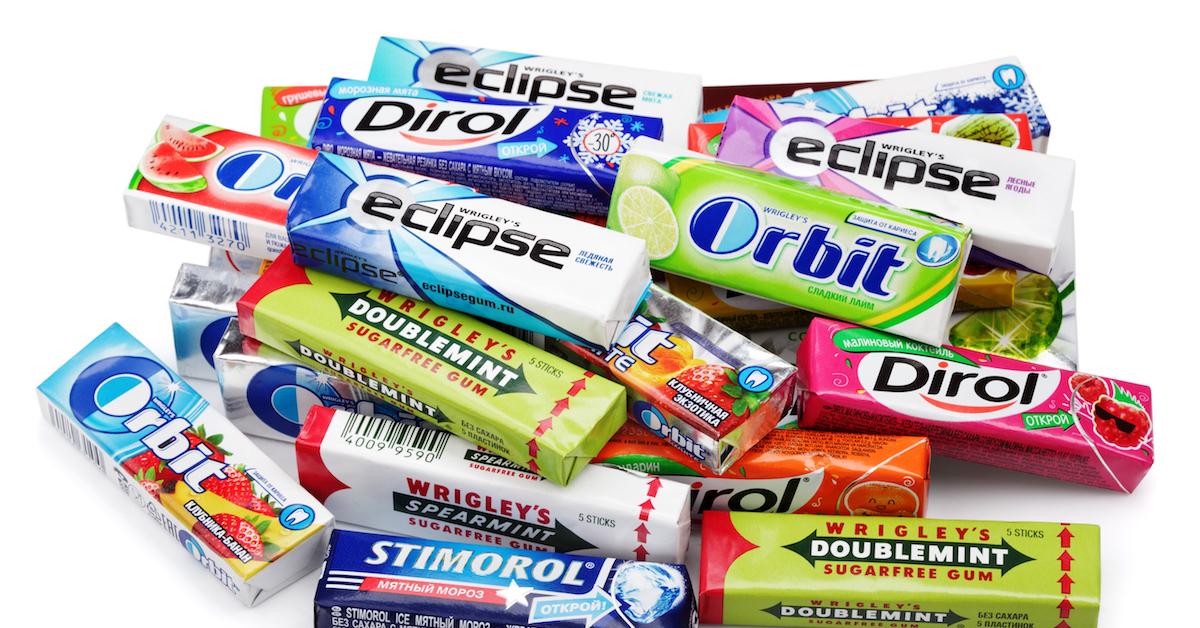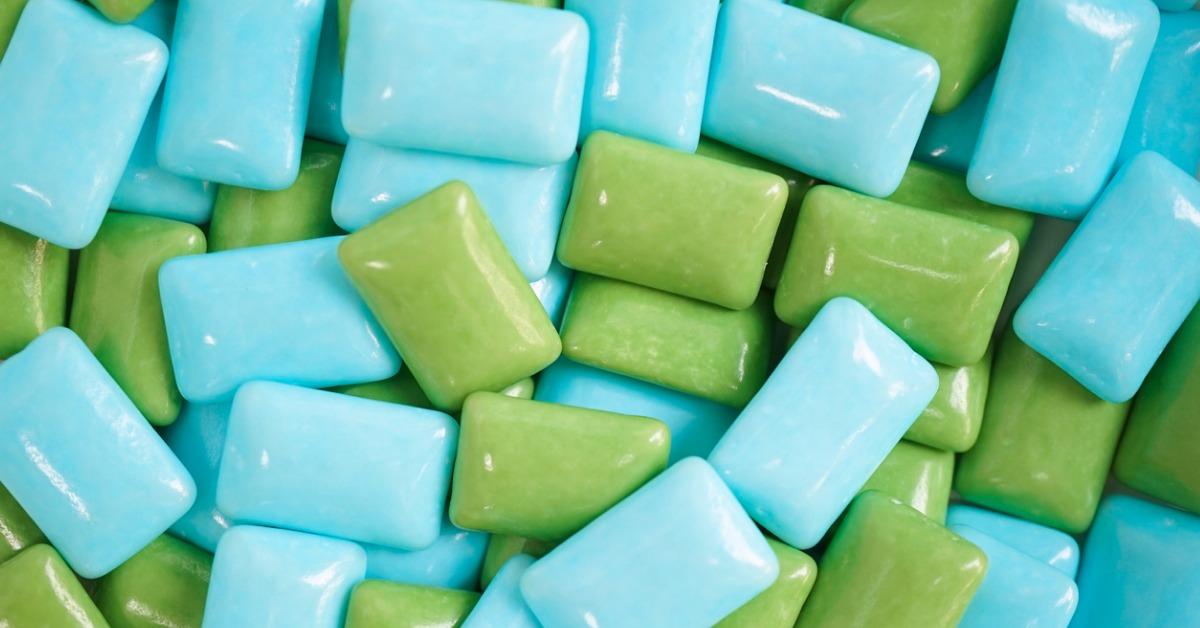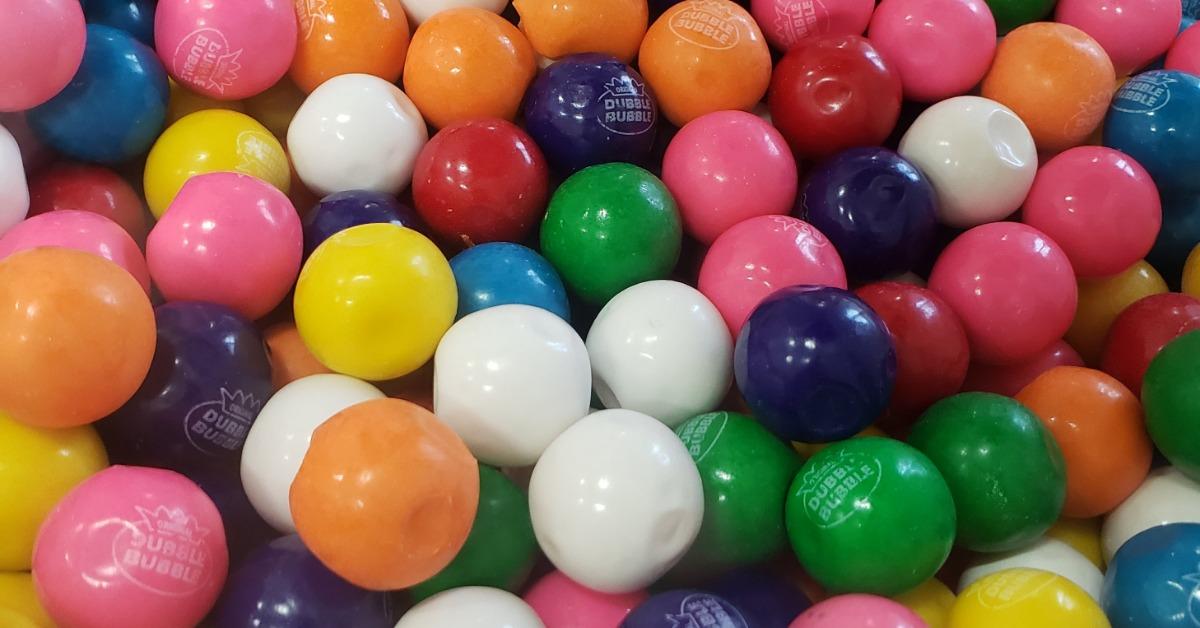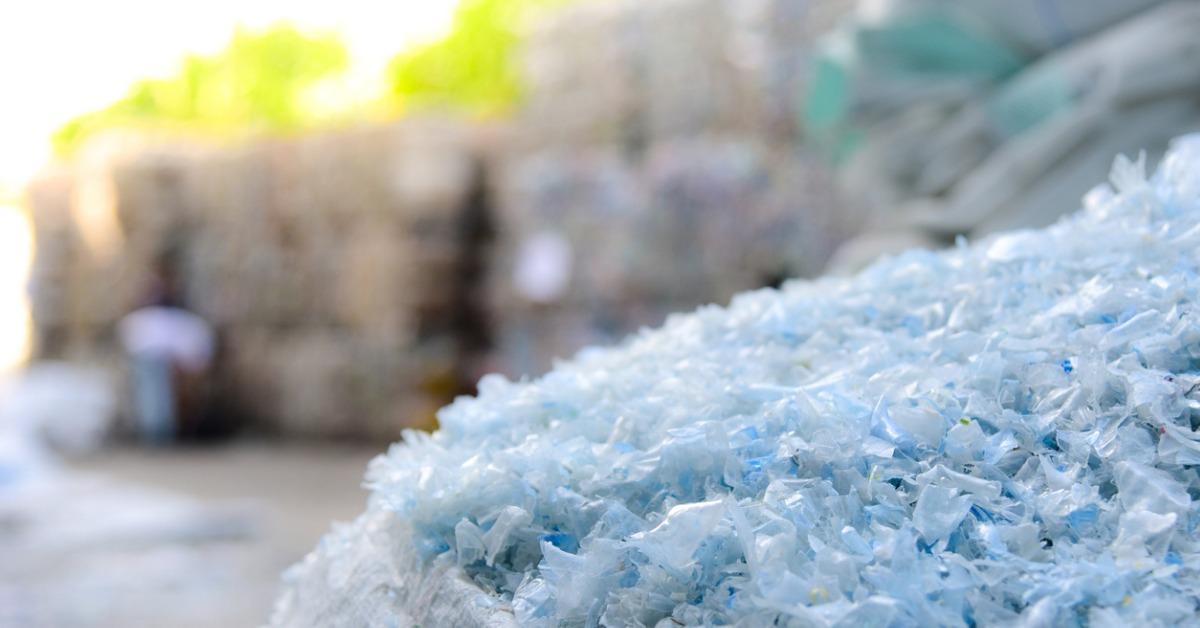Is Gum Made of Plastic? Check Out These Eco-Friendly Alternatives
Updated Dec. 1 2020, 12:47 p.m. ET

Gum is not really food. Sure, it’s edible, but that doesn’t mean that you should be eating it. As an appetite suppressant, a distraction, and a breath cleanser, it works just fine for what it is. Sure, it’s an artificial melange of artificial flavors and chemical concoctions wrapped in a sugar-free shell, but it certainly can’t be that bad for you, right? Still, gum’s unidentifiable ingredients have caused some curious consumers to ask the very serious question — is gum plastic?

Why do people chew gum?
People chew gum for many reasons. It can freshen breath and clean teeth. It can give you something to munch on when you’re feeling hungry and it might even settle your stomach. There are even studies that suggest chewing gum for ten minutes can relieve anxiety and stress. Bubble gum can even be fun to chew and quite entertaining. Yet, are any of these reasons enough to be eating something that might be made of plastic?
Is gum made from plastic?
According to ThoughtCo.com, chewing gum was originally made from the sap of the sapodilla tree, which is native to Central America. This sap was called chicle at the time and it was mixed with other natural gum bases like sorva, jelutong, and eventually beeswax or paraffin wax. Even then, gum wasn’t strictly “food” though it was a means to an end as far as slaking our collective oral fixation.

Things changed after World War II, when chemists learned to make synthetic rubber. This new rubber, called polyvinyl acetate, came to replace the natural chicle sap in conventional gum. In order to mask the chemical plasticky taste of the new synthetic gum base, manufacturers added sweeteners, flavorings, and softeners made of a host of other food-like ingredients.

Why can’t you swallow gum?
All of the above reasons are why you should never swallow gum. Neither the natural nor the synthetic rubber is tolerable or degraded naturally in our digestive systems. Don’t worry, if you forget or swallow it by accident, chances are that it won’t “sit in a pile in your guts,” as all your grade school friends told you. Again, gum isn't really toxic, it's just not really food, either.
Instead, it will probably exit you the same way everything else does, though it will probably look exactly the same as before. You’ll only be in trouble if you make a habit of swallowing your gum. Too much can result in intestinal blockages or stones that can wreak havoc on your system.
Are we certain that polyvinyl acetate is plastic?
Sadly, a recent article from The Ecologist revealed that polyvinyl acetate is not only a type of plastic, it also happens to be manufactured using a chemical called vinyl acetate, which has been shown to cause tumors in lab rats. We don’t know about you, but we’d sooner avoid gum from here on out if that’s the case.

Is there plastic in all brands of gum?
Not all chewing gum is made the same and in fact, several gum manufacturers have begun using other ingredients in their gum base besides polyvinyl acetate. There’s just one problem: some of those are actually worse. They can run the gamut from petroleum to polyethylene. They might even contain good old latex. And according to FDA guidelines, that’s all above board.
Are there any eco-friendly gum alternatives?
If you’ve read all this and you’re still desperate for that pleasant chewing sensation, don’t worry, all is not lost. There are several companies out there making chewing gum from natural products. Simply Gum, a New York City-based company, makes its gum using only vegetable glycerine, raw sugar, organic rice flour, and natural flavoring. Simply Gum's gum and "post chew wraps" are biodegradable.
Chicza Gum is made by a native community known as the Consorcio Chiclero, who harvest the gum directly from 300-year-old Chicozapote trees in the Mayan rainforest. The gum is biodegradable, vegan, and organic, and it contains only five main ingredients: powdered organic evaporated cane juice, organic gum base, organic glucose, organic agave syrup, organic flavors.
Last is Glee Gum, which has evolved over the years and even managed to change its base formula to be completely plastic-free. Glee Gum's base goes back to chicle roots and is made from chicle, calcium carbonate, candelilla wax, and citrus peels. They also offer recyclable packaging, which you know we appreciate here!